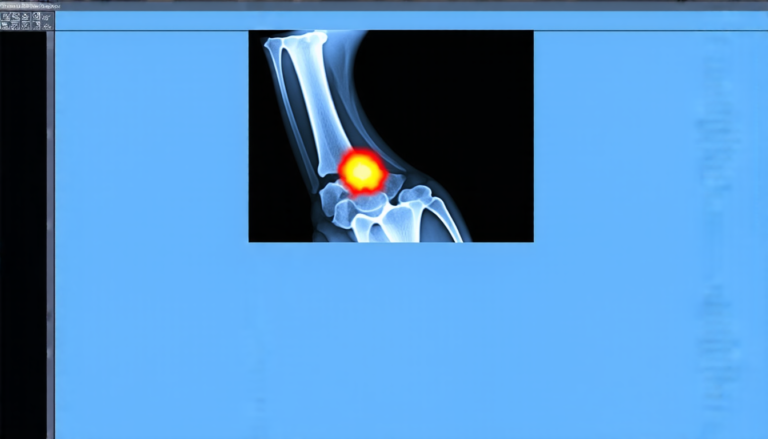Thursday 11 September 2025
Researchers have made a significant breakthrough in the field of metamaterials, a type of material engineered to have properties that don’t exist in nature. By using machine learning algorithms, scientists have been able to design and optimize terahertz metamaterial absorbers with unprecedented accuracy.
Terahertz frequencies are a range of electromagnetic radiation that falls between microwaves and X-rays on the spectrum. They have many potential applications, from medical imaging to high-speed data transmission. However, designing materials that can effectively absorb or manipulate these frequencies has proven challenging.
Traditional methods for designing metamaterials involve extensive simulations and experimental testing. This process is time-consuming and often requires a significant amount of trial-and-error. By using machine learning algorithms, researchers have been able to streamline this process and create more effective metamaterial absorbers in less time.
The team used a dataset generated from simulation-driven inputs to train six different regression models. These models were then tested against each other to see which one performed best. The results showed that ensemble methods, such as bagging and random forests, outperformed individual models like linear regression.
One of the key advantages of using machine learning in metamaterial design is its ability to capture complex nonlinear relationships between inputs and outputs. This allows for more accurate predictions and a better understanding of how the material will behave under different conditions.
The team’s design was tested against a range of terahertz frequencies and showed excellent absorption performance across the board. The material was able to maintain an absorbance rate of over 90% across a bandwidth of 5.38 THz, making it highly effective for a wide range of applications.
This breakthrough has significant implications for the development of new technologies that rely on metamaterials. By being able to design and optimize these materials more quickly and accurately, researchers can move faster towards realizing their potential.
The use of machine learning in metamaterial design is still in its early stages, but this study shows great promise for its ability to improve the efficiency and accuracy of the design process. As the field continues to evolve, we can expect to see even more innovative applications of this technology in the future.
Cite this article: “Machine Learning Breakthrough Enables Accurate Design of Terahertz Metamaterial Absorbers”, The Science Archive, 2025.
Metamaterials, Machine Learning, Terahertz Frequencies, Electromagnetic Radiation, Data Transmission, Medical Imaging, Regression Models, Ensemble Methods, Linear Regression, Absorbance Rate







